The Secret to Being a Better Runner? Going Slow.
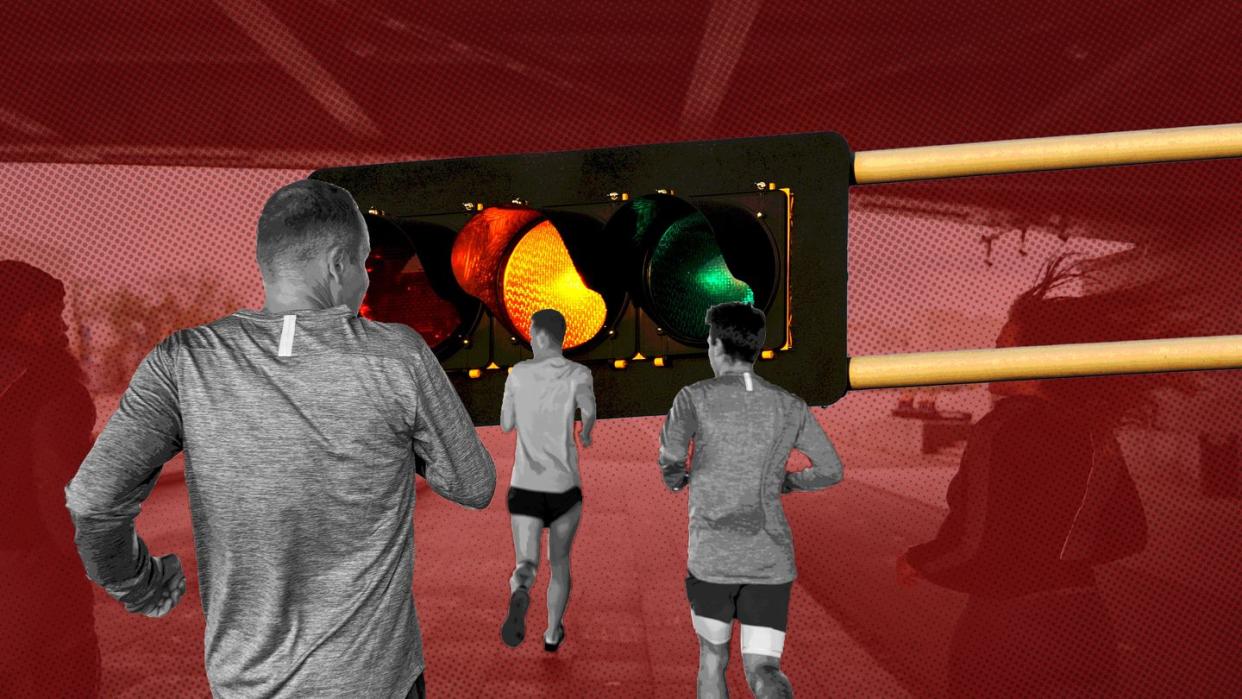
"Hearst Magazines and Yahoo may earn commission or revenue on some items through these links."
Jump to: Super Trainer Running Shoes
WHEN I FIRST started running long distances, I had one goal: go as fast as I could for as long as I could. I ran the same 5k route a few times a week, always aiming to go faster. Every time out needed to be better than the last—because that’s how training works for everything, right?
Plenty of guys have this mindset when they take up running or decide to train for a race. It seems logical, too, especially if you’re familiar with the principle of progressive overload in strength training. Running culture is also currently in a faster-is-better phase, with records falling at the competitive level. To top it all off, the rise of super shoes has everyone believing they can tap into speed on their local tracks and roadways.
Thing is, after a few months of hitting that 5K course as hard as I could, I wasn't improving. If anything, I was regressing—and my legs were sore and tired. As I (and many other newbie runners) have learned, always running your fastest isn't really feasible, especially if you're prepping for a specific goal or race. When you’re working toward speedier times, most of your workouts should be downright slow.
Why You Should Want to Run Slow
THIS MIGHT SEEM counterintuitive, but the only way you’re going to be able to perform on a race day or run well with consistency is if your training plan is composed of mostly slow (or, to be more technical, “sub-maximal”) workouts. “The value in running slow is so you can run faster,” says Ben Rosario, a pro running coach and Executive Director of the HOKA NAZ Elite running team in Flagstaff, Arizona. “What we've learned over time is that if you want to perform at a super-high level one day, you can't expect to do that the day before, or the days leading in.” Rosario recently coached me for the Big Sur Marathon—a famously tough, hilly course—and our biggest focus was on keeping my speed down during “shakeout” (slow-paced runs to start the week) and long-distance workouts.
Rosario also points out that if you’re regularly running as fast as you can for long distances, you’re not actually coming close to your true top speed. If he’s working with an athlete and notices that all of their runs are at the same pace, he recognizes an issue. “That's probably more [like] their medium-effort pace. They're probably not running as hard as they can every day,” he says. Maxing out your body on every single outing takes a toll on your muscles, tendons, and ligaments, says Rosario.

“Anecdotally, we definitely see that,” says Brad Whitley, PT, DPT, a physical therapist at Bespoke Treatments in San Diego. “Generally, if people are including easy runs in their training, consistently, they tend to be a little less injured.” The key here, Whitley notes, is recovery. “If you're doing back-to-back hard days, you're just not allowing the recovery mechanisms to occur efficiently. You'll be stressing that system to a point where it's not going to be able to have the same effect that it would have if you're doing an easy run.”
This is also due to the impact running hard has on your body. When you run fast, you’re creating more force on every stride than you do when running at a more leisurely pace. In doing so, you’re amping the impact on the bones, tendons, and ligaments. “I try to stay away from the negative insinuation [that] you'll get injured if you run faster,” Whitley says. “But I'd say the more times that you run faster, and putting your joints under that load, cumulative stress will compound and yeah, you could increase your risk for injury.”
There’s more to slow running than just preserving your body from injury, too. Along with giving you the chance to recover, Whitley notes that training this way allows for “adaptations that don't occur with higher level speeds.” In other words, your slow workouts are affecting your body in ways your fast ones won’t. “You're actually training a very specific system in your physiology to operate at a low heart rate, “ Whitley continues.
You might have heard the term “Zone 2 training”, and that’s what Whitley is talking about. The exact numbers will be different for everyone, but Zone 2 generally refers to sustained exercise at 72 to 82 percent of your max heart rate. When you train in Zone 2, you build mitochondria (which you might remember from high school biology as the "powerhouse of the cell"). With more mitochondria, you’ll be able to produce more energy and recover better, too.
This doesn’t mean you shouldn’t run fast at all. In fact, sprint workouts are actually key to helping you amp the force you create on every stride (and they’ll help your finishing kick on long runs, too). But not every single session can be at your peak output—especially when you’re running multiple days per week.
Don’t Think Slow. Think Easy.
YOU MIGHT BE reading this as a beginner runner who doesn’t even know what counts as “fast” or “slow.” That’s fine. In fact, that’s an important aspect for your mindset in approaching these submaximal workouts. Rather than assigning a value that comes with “fast” or “slow” running tied to a finishing time or a pace, think about your overall “effort” on each run.
Jes Woods, a Nike Running coach, suggests dropping the term “slow” from your vocabulary. Instead, think of a submaximal session as an “easy” run. “If you call my community run ‘slow’—meanwhile it’s one of my beginner runner’s hardest runs of the week—I’m going full mama bear,” says Woods. “The whole point is to run at a low effort. So your ‘slow pace’ might feel ‘easy’ or low-effort one day, and you run that same ‘slow pace’ another day when you’ve had no sleep and three beers the night before, it no longer feels easy.”
Woods admits that it can be hard to break the commonly held mindset that workouts should feel hard. “I have all of these analogies and coach-isms because historically, it's been difficult to convince runners to actually slow down and embrace the easy run days,” she says.
Not sure how to balance the easy run with your desire to get better? Our three experts agreed that such workouts should actually make up the bulk of your training. Runners should aim to run 80 percent of their workouts slow (or easy), at or below their aerobic threshold. High-effort sessions (think sprint repears or interval training) should compose the remaining 20 percent of their workouts. “This 80/20 ‘rule of thumb’ was studied by Dr. Stephen Seiler and made popular by Matt Fitzgerald's book: 80/20 Running,” says Woods.
How you structure this depends on how you think about your split. If you take on the week as a whole, you should have hard workouts two days at most. Then, you determine which days are easy and which are for rest. Narrow it down even more to five days, and you have one "hard" day and four easy workouts. For three training days, again, there's only a single "hard" workout, with a medium-distance shakeout and a long run as your other two sessions (this is the structure I most often implement).
No matter how you do it, make sure that you prioritize recovery when you’re creating your plan. “I never have two days in a row that are hard or fast,” Rosario says. “There's always got to at least be one, if not two, slow/easy days in between.”
How You Can Slow Down
MY BIGGEST PROBLEM once I knew I needed to slow down was learning to take my foot off the gas. When I tried to ease up, I would constantly find myself creeping closer to race pace. And how should I know where my aerobic threshold is at, anyway? Thankfully, there are methods you can use that are much more exact than just running by feel.
Both Rosario and Whitley mentioned using heart rate as a reliable gauge for effort (which ties back into those Zone 2 principles). “Regardless of what shoe you're wearing, what terrain you're on, what the weather is, what your stress level is that day, your heart rate is the output data point that you have to be able to assess whether you're in an aerobic state,” Whitley says. You’ll need a heart rate monitor to do this, either on your smart watch or a purpose-built device. Lab tests can determine exactly where that threshold is, but Whitley often uses a simplified version of the MAF 180 formula (a methodology developed by Dr. Phil Maffetone in the 1980s to determine the ideal aerobic threshold for exercise) for rough estimates. This is easy: just subtract your age from 180. If you’re 33 years old, 180 minus 33 is 147, so you make sure your effort doesn’t push your heart rate above that number.
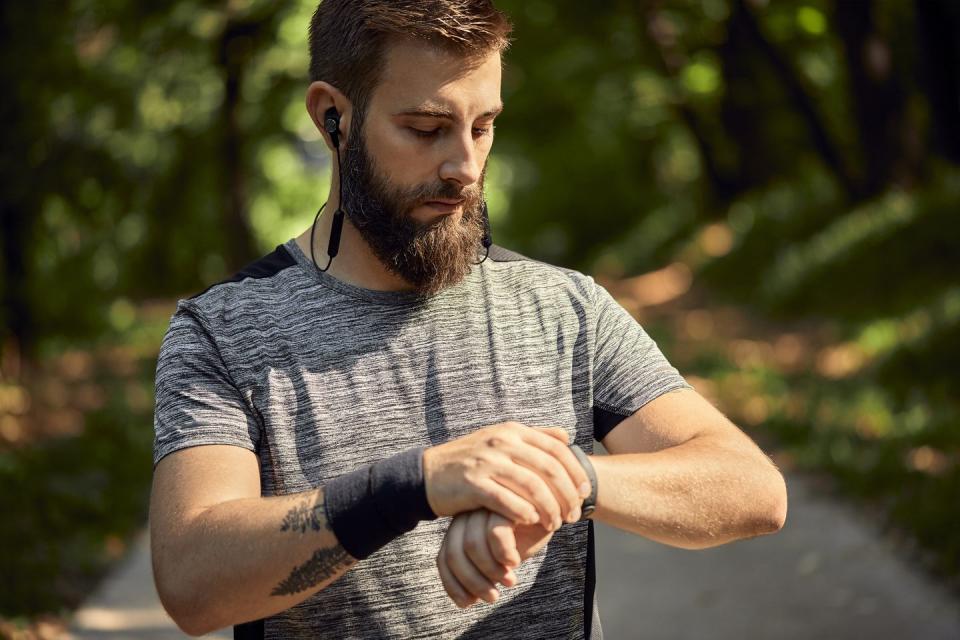
If biometrics aren’t your bag, try the tried-and-true method most running coaches use to determine effort, the talk test. “I know this sounds old school and unscientific, but it really is true—if you can't hold a conversation, then you're not running slow,” Rosario says.
This is also called conversation pace by coaches. It introduces another element into the equation, too: the social nature of running. Conversation pace means you can talk to your friends while you’re training, which makes these easy outings way more enjoyable.
Running has become a social sport for people from all walks of life as run clubs have formed around the world. These aren't just groups of hardcore athletes training to break PRs; they're micro-communities. There are groups in London, Los Angeles, and maybe even your local area, too; I see friends from places like Charlotte, North Carolina, Richmond, Virginia, and Nashville, Tennessee sharing photos of their run clubs on social media. The group dynamic can make easing up on your effort, well, easier, according to Woods, who is a coach for one of the most popular clubs in NYC, Brooklyn Track Club, and often leads group runs with Nike. “If subtly attributing your 'slow pace' to your community run in your Strava or social media post is what it takes for you to run easy, I'll take it!”
Can Super Trainer Shoes Make Easy Runs Better?
ONE UNDENIABLE INFLUENCE on running’s speed culture comes from the latest footwear trend: super shoes. These long-distance racing sneakers have features designed with running efficiency (and therefore, faster race times) as the main priority. Elite athletes have rewritten record books wearing the shoes. Unlike other sports with more specialized equipment that's are out of reach for weekend warriors, just about any everyday runner (with $300) can have their own pair.
These shoes are built purely for speed, which goes against everything the experts above have discussed about the merits of slowing down. This means your expensive new toys aren’t going to be useful for 80 percent of your workouts—but there might be a solution this, too. There's a new category of special shoe that might be appropriate for the easy run days that should make up the bulk of your workouts. They’re being called “super trainers”—kicks that use some of the same high-level materials as the super racing shoes, but aren't just about record-breaking speed.
According to Runner’s World, a super trainer has a tall stack height of highly-responsive midsole foam, an efficient midsole geometry (think the rocker shape that helps to roll you into your next stride), and usually some sort of plate, made of carbon fiber or some less stiff material. You might have already seen these almost comically cushioned shoes out on the road, since they’re hard to miss—one super trainer, the adidas Adizero Prime X 2.0 Strung, boasts a 50 millimeter stack height. That’s 10 millimeters above the 40 millimeter limit imposed by World Athletics, making the shoes technically illegal for competition.
But these shoes aren’t close to as fast as their racing cousins. I’ve worn a few pairs of super trainers for long runs and easy days—notably the Hoka Skyward X, which I tested as part of my easy run marathon training plan—and have found that their value is in how they take less effort to maintain a consistent stride at sub-maximal paces, rather than the propulsive ride of the racers. The super trainers are heavier, given their excess foam, and they’re made to last longer. In other words: Perfect for logging those easy miles.
Hoka Skyward X
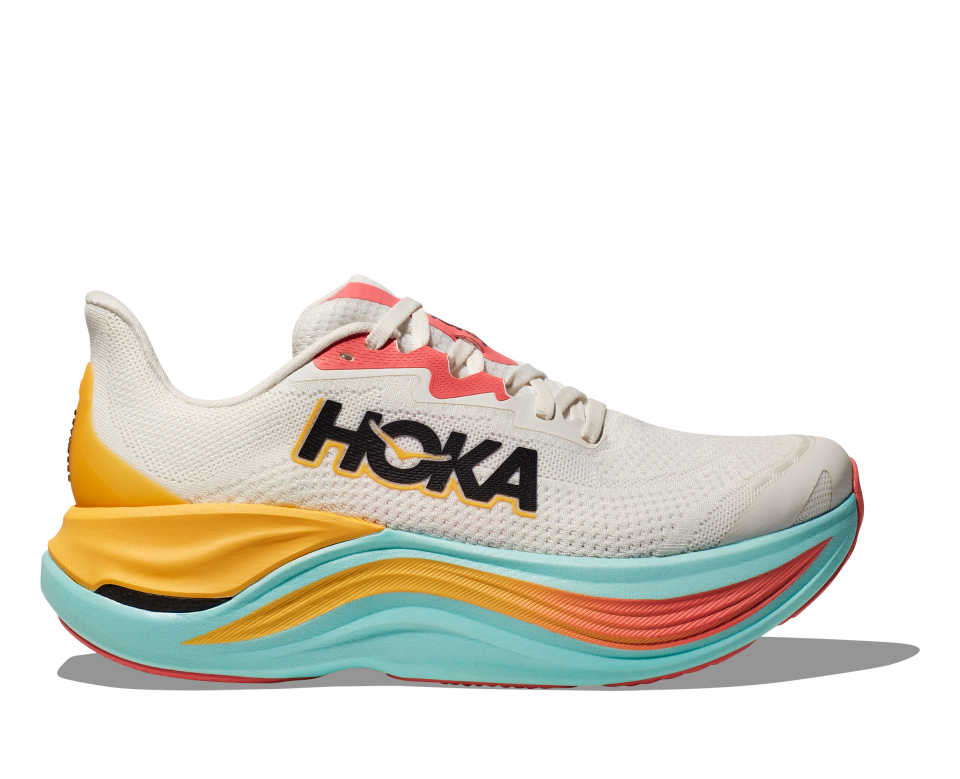
Hoka Skyward X
hoka.com
$225.00
HokaHoka Mach X
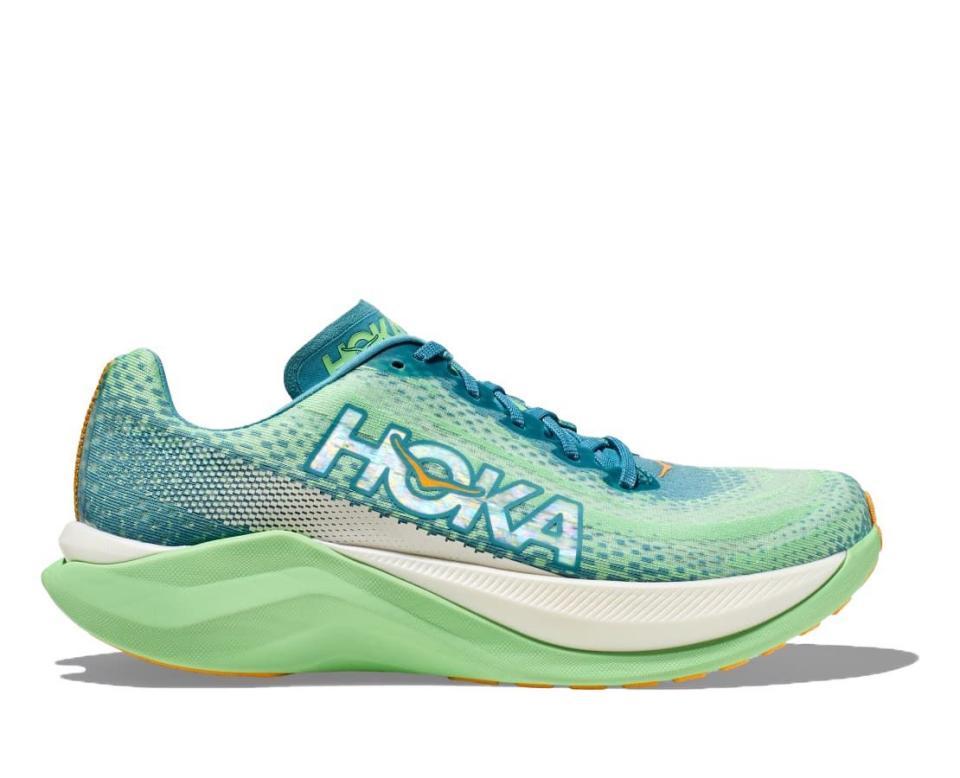
Hoka Mach X
hoka.com
$180.00
HokaAsics Superblast

Asics Superblast
asics.com
$200.00
ASICSNew Balance FuelCell SuperComp Trainer v2
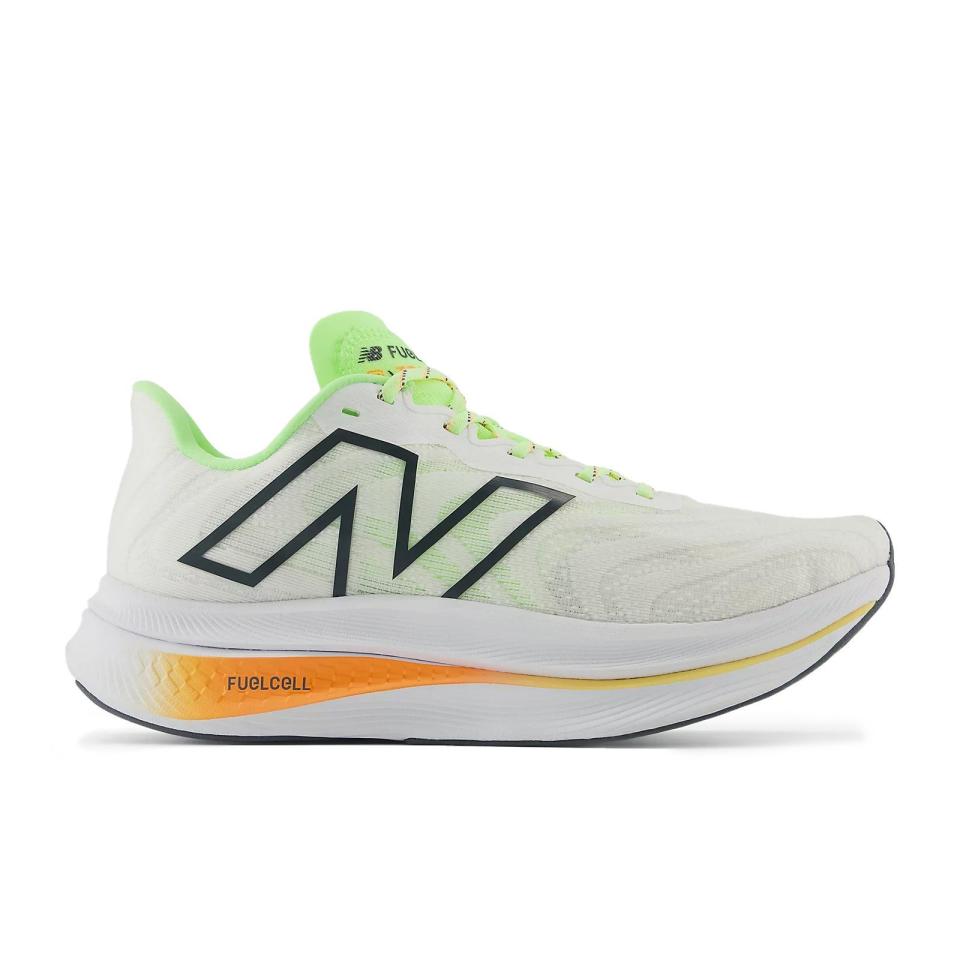
New Balance FuelCell SuperComp Trainer v2
newbalance.com
$179.99
New Balanceadidas Adizero Prime X 2.0 STRUNG
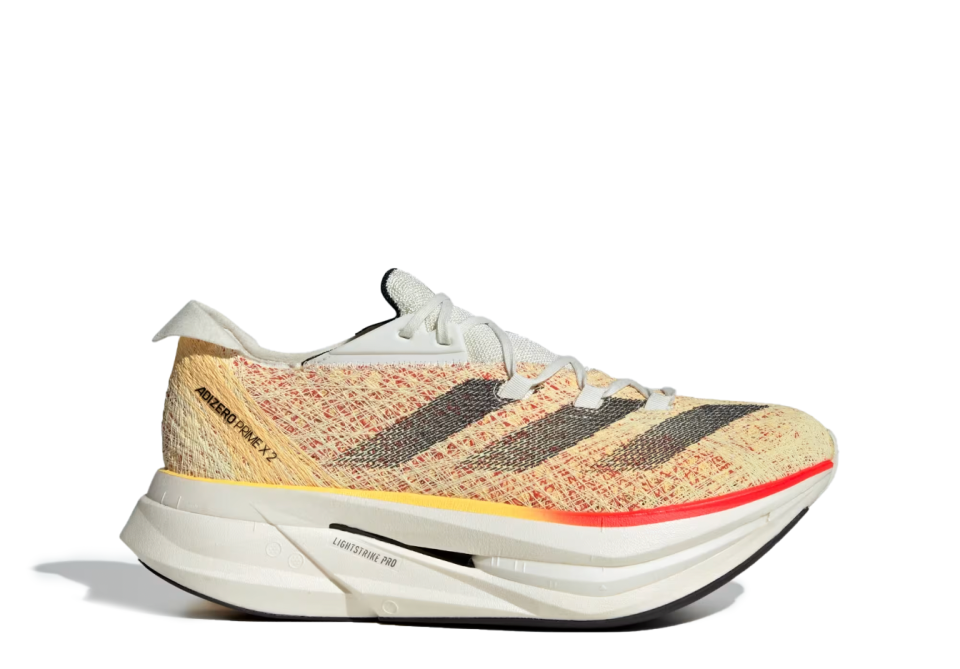
adidas Adizero Prime X 2.0 STRUNG
adidas.com
$300.00
adidasOn Cloudmonster Hyper
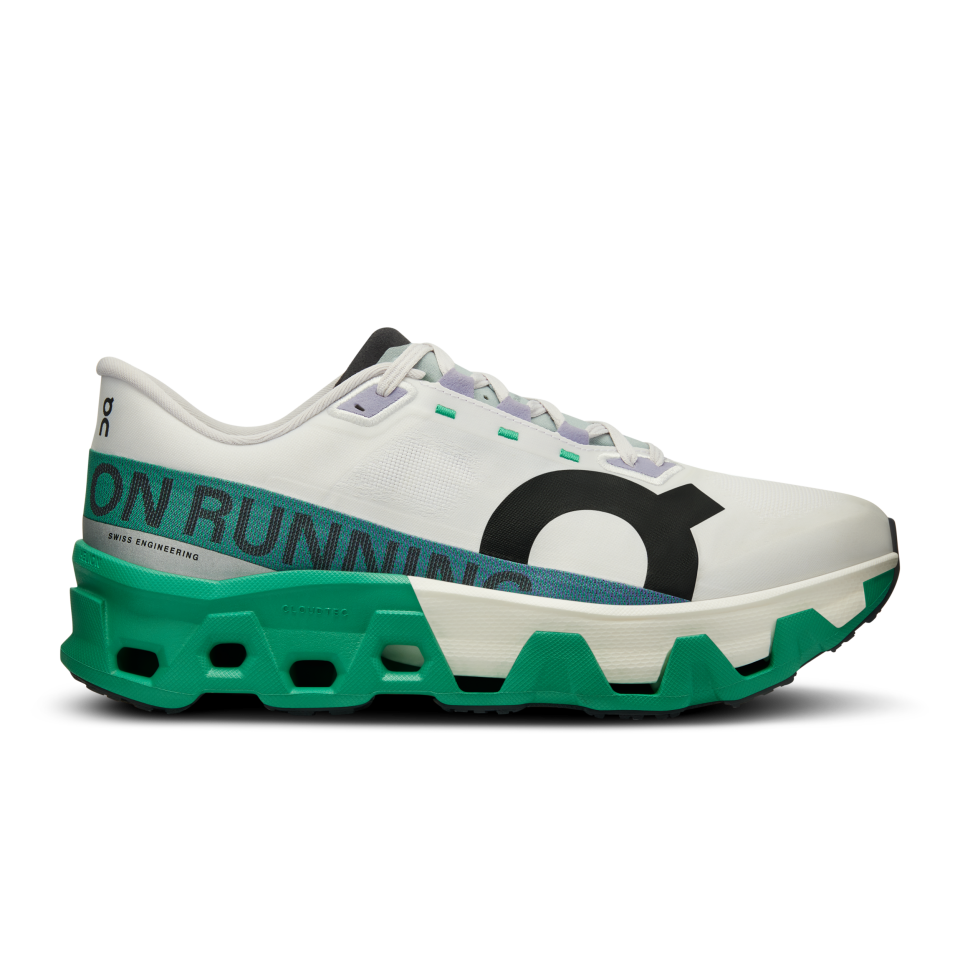
On Cloudmonster Hyper
$219.99
On RunningOn Cloudeclipse
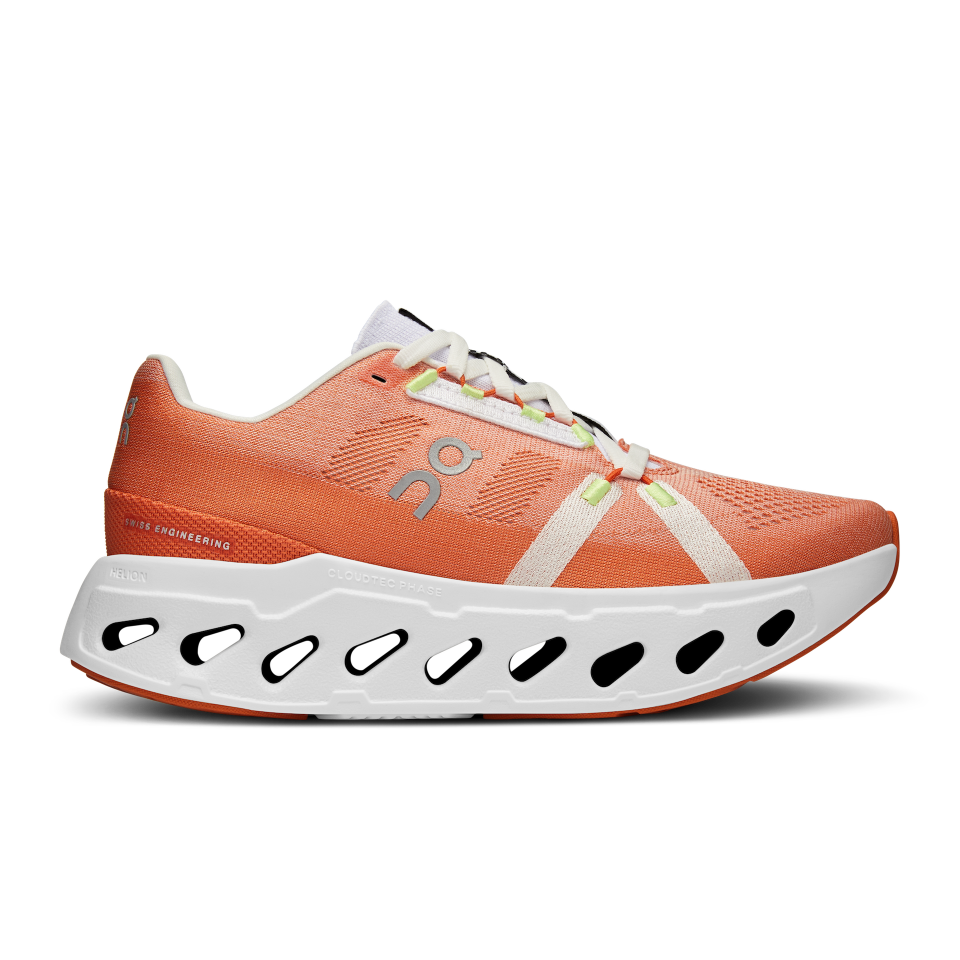
On Cloudeclipse
$179.99
On RunningBut does every runner need that type of tool?
“The shoe conversation is constantly evolving, so I'm careful not to use absolutes when speaking about them,” says Rosario. For example, he says that he shifted his stance on super racing shoes after noticing the success—and the lack of injuries—his athletes had wearing them for their hard runs and races.
Super trainers, on the other hand, are still new, so he’s not ready to pass judgment on the best way to use them or if they’re all hype. He does note, however, that serious runners now have the option to have a “quiver of shoes that is a little more comprehensive,” with multiple options that includes super trainers. “By no means do I believe to be a runner, you have to have all of those shoes,” he says. “But I think if you're super into it, and you want to be a part of this evolution, then continuing to try those things and see how they work for you is probably the best way to go.”
My take: Super trainers are a step up from a regular shoe, and when I wear them, I have an easier time remembering that my ultimate aim is to keep the pace easy, given the smooth ride and (slightly) heavier steps than with other kicks. I don’t need a super trainer to run, but it is easier and more fun to run in them. Ultimately, that should be your main objective.
You Might Also Like

